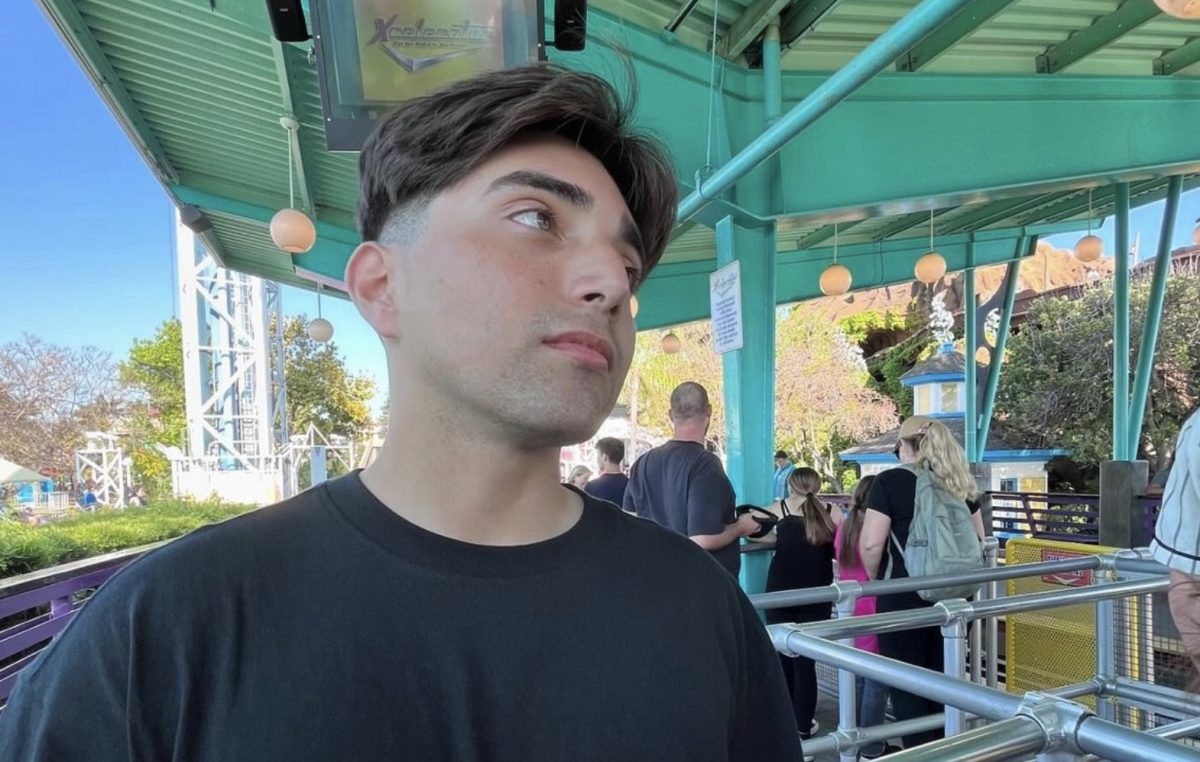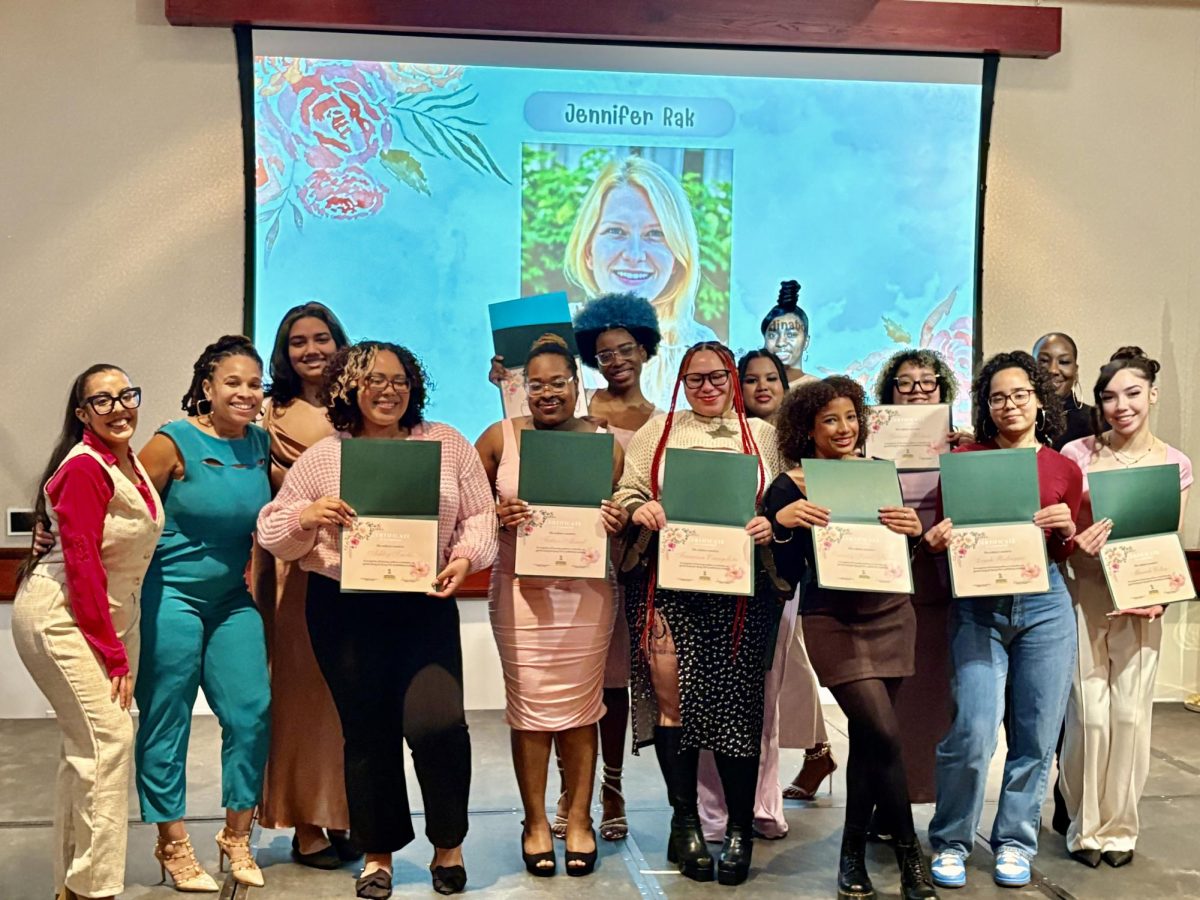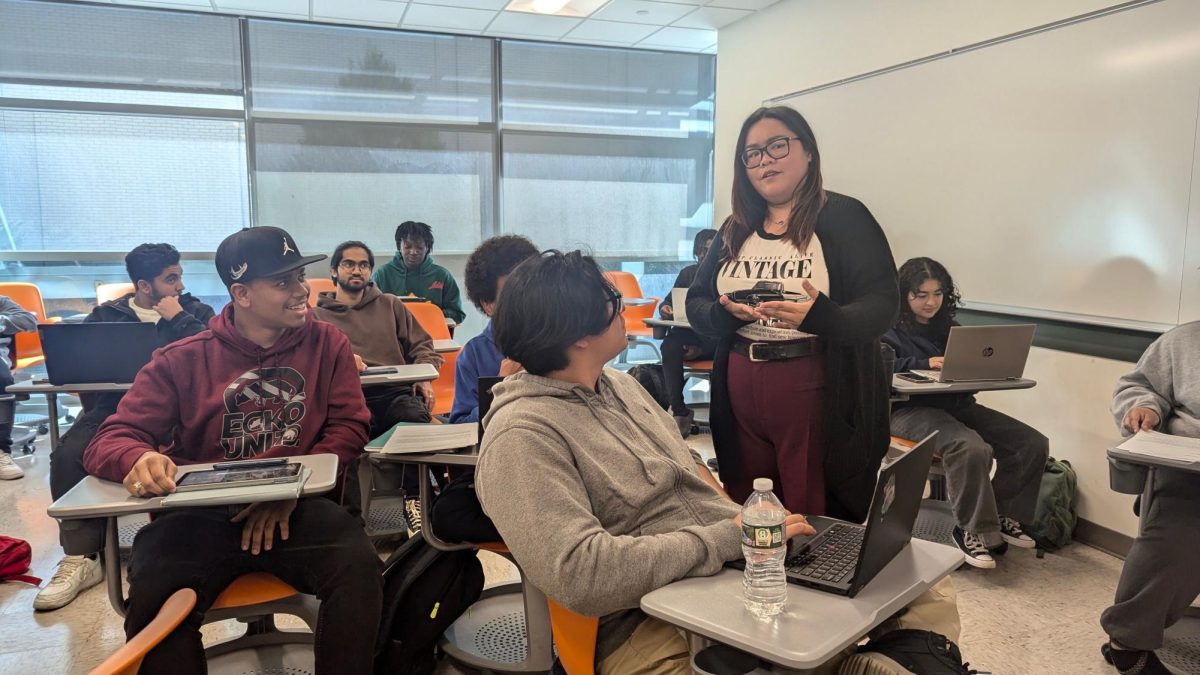By Rafal Rogoza
Hector Reyes, 24, Biology and secondary education major from Jersey City, spends roughly 45 minutes a day glued to his computer screen. Reyes enjoys building model homes and running a few sprints on the track but there is no doubt about it, Reyes is an online gamer of a revolutionary type. Angry Birds and Call of Duty got nothing on the game Reyes is playing because his game play may help the scientific community make major breakthroughs in molecular biology, potentially finding cures for viral diseases.
The name of the game is EteRNA. Created by Stanford University and Carnegie Mellon, EteRNA is an online social video game where players design RNA molecules based on a set of rules. Each week scientists select a design they find interesting and chemically make that design to see if it may help them answer some questions that arise during their research.
“Carnegie Mellon and Stanford University have these biological questions. It is too expensive and time consuming to ask the question by synthesizing a million of these possible answers so instead they just give them to the world and they say, ‘Here’s some problem I have can you build a structure using the rules of biology, chemistry, and physics to make me something that folds into the lowest energy confirmation?’. Then they choose a winner every week and they make that molecule to test it in a lab ,” said Dr. Cindy Arrigo, Assistant Professor of Biology.
“I was intrigued by these RNA molecules. They have so much of an impact. People focus on DNA, but they don’t realize the role of RNA in biological reactions,” said Reyes, punctuating his sentences with raised eyebrows as he spoke.
Reyes is the star player of the 43 students on team NJCU. They compete with other schools and organizations from all over the world on EteRNA. Currently team NJCU is ranked 38th in the world, just behind team Albert Einstein. Reyes’s global player ranking is 1818, an outstanding rank considering he’s up against a global community of professional and amateur biologists. Reyes game play has attracted attention from the Center for Advanced Biological Medicine as well as support from the 2nd globally ranked player.
“You have to be patient and persistent,” said Reyes during a discussion about his strategy.
“Hector’s strategy called on his architectural interests and also his numeracy. He’s using numbers to solve his structures. That’s why he’s so successful,” said Dr. Arrigo.
Combining online social gaming with scientific research has the potential to make major advances in science. Referred to as crowd source science, a global swarm of gamers attempt to solve problems that scientists and computers couldn’t.
“It’s a social experiment, have people participate in cutting edge research that’s directed toward the amelioration of human disease and suffering,” said Dr. Arrigo.
“We’re helping the scientific community solve very important problems that challenge us today. Certain retroviruses require RNA in their genetic make up. By messing with the RNA we are able to prevent the viruses from replicating in certain cases,” said Reyes.
When asked how his mother feels about his constant game playing Reyes responded, “The first time she caught me playing she said, ‘Why you playing games when you should be studying?’ I said, ‘Ma this is for college.’”








